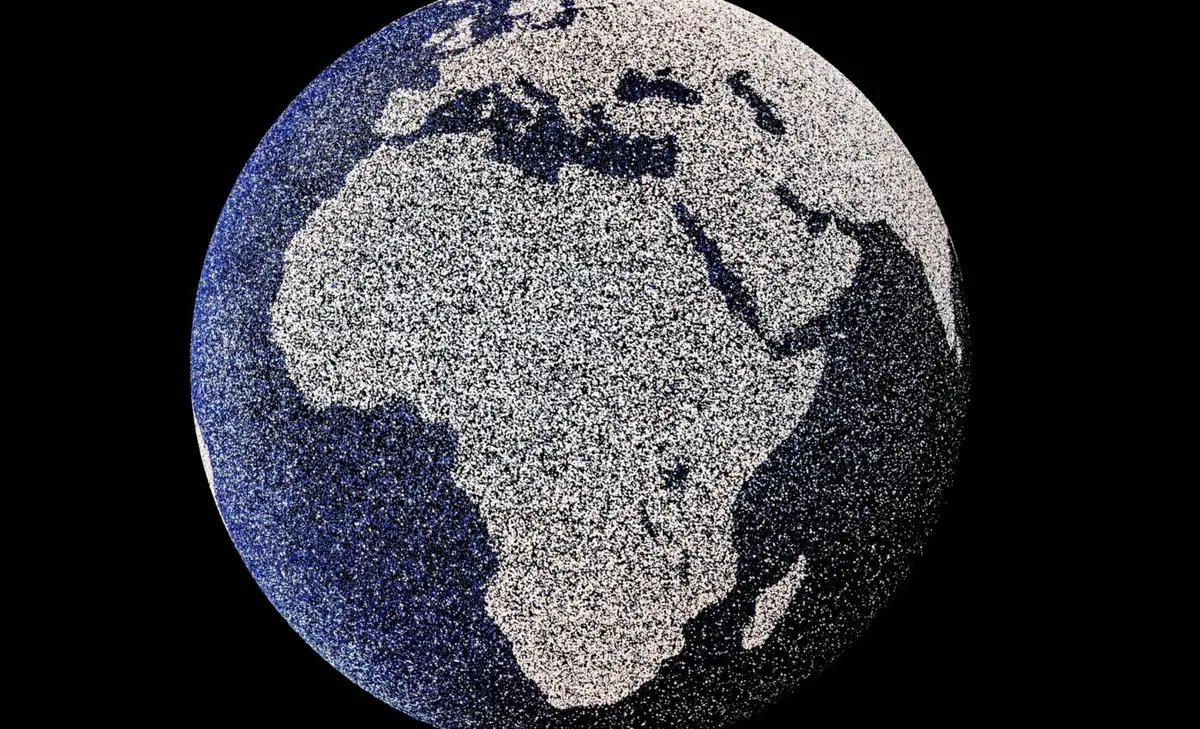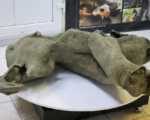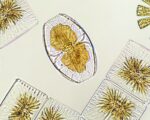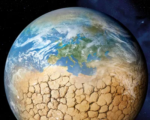Can Diamond Dust Injection in the Atmosphere Combat Climate Change

Exploring the Potential of Diamond Dust for Climate Cooling
A groundbreaking research initiative led by climate and earth scientists is investigating an unconventional solution to combat global warming: the use of diamond dust to cool the planet. This innovative approach is part of a broader field known as solar geoengineering, which seeks to mitigate the effects of climate change by reflecting sunlight back into space. By exploring this novel method, scientists hope to address climate change more aggressively than traditional efforts, which primarily focus on reducing greenhouse gas emissions.
Historically, the material most commonly associated with solar geoengineering has been sulfur dioxide, a compound known for its ability to reflect sunlight. However, the use of sulfur dioxide comes with significant environmental risks, including the potential for acid rain and damage to the ozone layer. Recognizing these drawbacks, researchers are actively seeking safer alternatives that can achieve similar levels of reflectivity without incurring harmful side effects. The exploration of diamond dust as a potential solution marks an exciting shift in this ongoing research.
The diamond dust proposal emerged from studies conducted by researchers at ETH Zurich, particularly from the Institute for Atmospheric and Climate Science. In their investigations, scientists tested a range of particles for their cooling potential, including materials like calcite, aluminum, and, notably, diamond dust. Utilizing complex climate models, the team analyzed how these various substances would interact with sunlight and heat, as well as their longevity in the atmosphere. The findings from these studies are crucial in determining the feasibility of implementing diamond dust as a viable geoengineering solution.
The implications of successfully employing diamond dust for solar geoengineering could be profound. If proven effective, this method could significantly alter our approach to managing climate change, offering a supplementary tool alongside greenhouse gas reduction strategies. However, extensive research is still needed to assess the long-term impacts and potential risks of such interventions. Questions about the ethical and political ramifications of deploying geoengineering solutions also remain, emphasizing the importance of a thorough and cautious approach to any proposed climate interventions. As this research unfolds, the scientific community and policymakers must carefully consider both the potential benefits and challenges associated with using diamond dust to cool the planet.





















